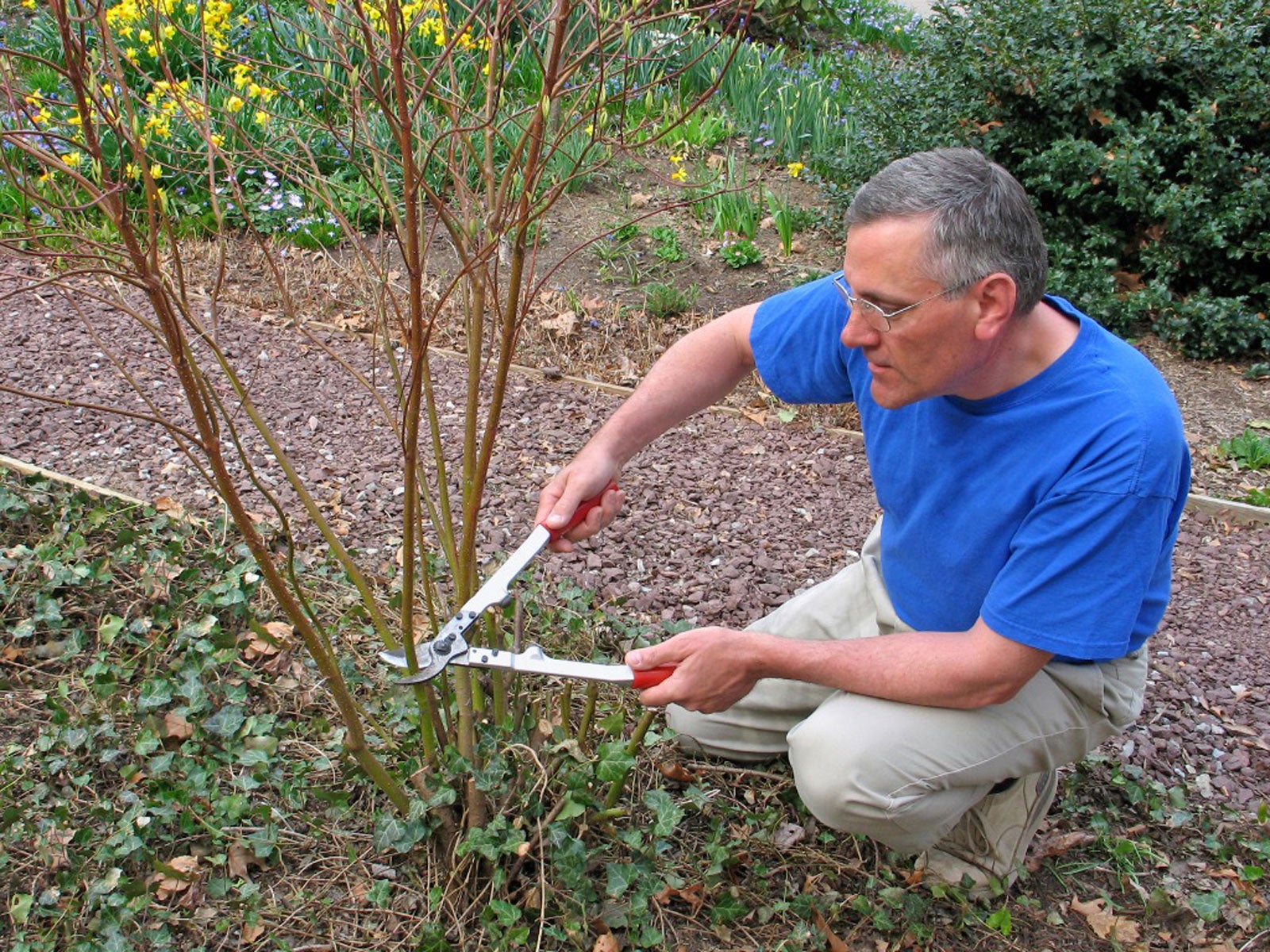Pruning Dogwood Trees So They Look Their Best – How & When To Do It
They are such a treasure, it’s important to know the how and when particulars about pruning dogwood trees.

Flowering dogwoods are enormously popular early blooming trees perfect for use in the home garden due to their relatively small size at maturity; usually growing no taller than 25 feet (8 m).
These beauties are generally low maintenance, provided you know how to trim them properly. Because they are prone to bleeding sap when pruned at the wrong time of year, knowing when to prune them is of paramount importance.
For the most part, pruning dogwood trees is fairly straightforward. Keep reading to learn about trimming dogwood trees.
Do You Need to Prune Dogwood Trees?
There are three reasons to prune a dogwood tree. First, to remove dead, damaged, or diseased branches. Pruning can also be used to open up the tree’s canopy, allowing for more airflow, which in turn reduces the incidence of pest infestation or common dogwood diseases. Lastly, dogwood trimming may be undertaken to reduce the size of the tree.
When to Prune Dogwood Trees
As mentioned above, dogwood trees are bleeders. They tend to bleed sap when they are pruned during the active growing phase of spring and summer. While this flow of sap is not necessarily dangerous and should be allowed to heal over on its own, it can open the tree up to disease or pest infestation.
So, the best time to prune your dogwood tree is when it is dormant in the late fall or winter to very early spring before any new growth has appeared.
How to Prune a Dogwood Tree
Pruning isn’t normally necessary unless you see dead, damaged, or diseased limbs or suckers, all of which should be removed. Suckers are unnecessary and take a lot of energy from the tree.
Sign up for the Gardening Know How newsletter today and receive a free copy of our e-book "How to Grow Delicious Tomatoes".
Otherwise, you may choose to retard the size of the tree or train it into a more aesthetic shape.
Prune large branches, 2 inches (5 cm) in diameter or larger, using three cuts. On the first cut, only cut through a third of the way through the branch. Your second cut should be made about an inch (2.5 cm) behind the first cut. This second cut should slice completely through to remove the branch. The final cut should be made at the branch collar to remove the leftover stub.
Once you’ve cut a limb from the tree, there is no reason to use a sealer or dressing; simply allow the cut area to heal over on its own.
Any pruning should be done when the tree is dormant except in the case of dead branches; they can be removed year-round.
How to Shape a Dogwood by Pruning
To shape a dogwood, prune back any low-hanging branches. Prune out any branches that are crossing. Take a step back and look to see if there are any other limbs that need to be pruned out to open up the canopy. Never cut the leader, the main trunk of the dogwood.
Frequently Asked Questions
Can You Top Off a Dogwood Tree?
While cutting off the top branches of some flowering shrubs and trees can encourage blooming, in the case of dogwood trees, resist the urge. Do not top off your dogwood tree.
How Do You Rejuvenate a Dogwood Tree?
First, you need to ascertain if the tree has a disease like Anthracnose. If it does, there isn’t much reason to put in a lot of effort in rejuvenating it.
If it isn’t diseased, try feeding it by spreading a good half inch of compost under the canopy line, but keep the compost away from the trunk of the tree. Follow up with a dose of compost tea to invigorate the beneficial microbes.
Lastly, inspect the tree and remove any dead, diseased or damaged limbs. Prune out any crossing limbs as well to open up the canopy. Prune when the tree is dormant in the late fall, winter or very early spring before the flush of new growth.
Dogwood Pruning Essentials
- Consider a sharp pair of loppers like the ever-popular Fiskars 32" Heavy Duty Loppers
- Protect your hands from sharp branches with a pair of puncture-resistant gardening gloves from Amazon
- Collect twigs and branches in a lawn garden bag from Amazon

Jackie Carroll has written over 500 articles for Gardening Know How on a wide range of topics.

